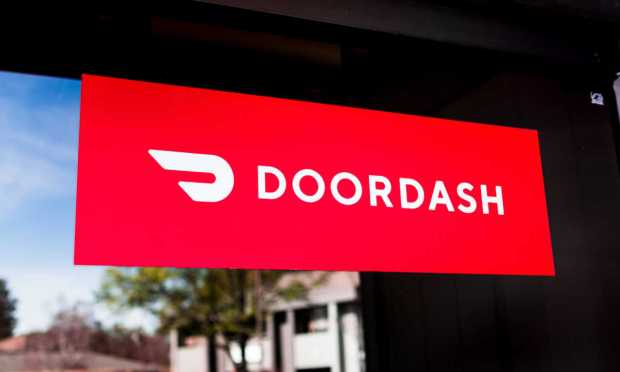DoorDash Touts Subscription Savings as Aggregators Compete for Digital Loyalty

With leading restaurant aggregators competing both with one another and with restaurants’ direct ordering channels for diners’ digital loyalty, DoorDash is rolling out cost savings via its subscription program to set its offerings apart.
The United States’ leading aggregator announced that, in June, it is beginning a five-week promotion with daily deals on restaurant and convenience items including discounts, buy-one-get-one deals and freebies as well as a range of sweepstakes for members of its DashPass program. This marks the fourth year of the promotional event.
The move appears to be aimed at not only driving membership but also encouraging members to use the program to meet more of their day-to-day needs beyond just restaurant meals.
“For the fourth year in a row, we’re excited to bring Summer of DashPass to our members, underscoring the value and breadth of a DashPass membership and unlocking access to the best of their neighborhoods at the most affordable prices,” Prabir Adarkar, the aggregator’s president and chief operating officer, said in a statement. “This summer, we’re bringing even more value to our members on everything from groceries to throwback, beloved menu items, to sporting goods, to fun sweepstakes and much more.”
The event comes as part of DoorDash’s ongoing efforts to leverage its membership program to drive loyalty, with the Adarkar even having implied earlier this year that the company could see the subscription being as popular as Netflix.
Certainly, discounts can be key to driving aggregator adoption amid competition from direct ordering channels. According to data from PYMNTS’ study “Connected Dining: Third-Party Restaurant Aggregators Keep the Young and Affluent Engaged,” which draws from a March survey of nearly 2,300 United States consumers, four in 10 diners say they are using aggregators because the discounts have gotten better.
Yet overall, direct ordering continues to outpace aggregators two-to-one. PYMNTS research finds that 16% of consumers primarily order food via restaurants’ direct ordering channels such as their website or their app, while only 8% mainly order food via third-party aggregators.
DoorDash is certainly not the only aggregator leveraging its subscription offering to shift this mix in third parties’ favor. Uber, for its part, has its Uber One program, which offers both fee-free delivery via Uber Eats and discounted rides on the company’s mobility platform.
“Uber One is really we are giving a discount to our best customers in order to drive frequency, and we continue to see Uber One members spend four times more than nonmembers,” Uber CEO Dara Khosrowshahi told analysts on an earnings call earlier this month. “Retention is 15% higher than nonmembers as well.”
Plus, Grubhub has its Grubhub+ fee-free delivery subscription, for which the aggregator has been leveraging partnerships to drive adoption, offering free yearlong memberships to Amazon Prime members and Bank of America cardholders.
Overall, it seems that these efforts to drive adoption have been somewhat successful, even if they are not working as quickly as aggregators would like. Research from that same Connected Dining report noted that, between April 2022 and February 2023, the share of consumers who had used an aggregator at least once in the prior six months rose from 37% to 40%.
